Search results for 'Red pigments'
-
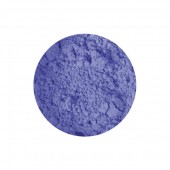
Cerulean Blue Pigment
Starting at: £14.50
-
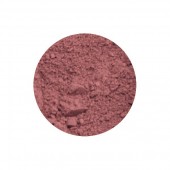
Madder Lake Genuine Pigment
Starting at: £10.20
-
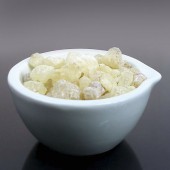
Gum Damar
Starting at: £10.00
-
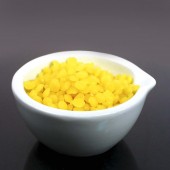
Natural Beeswax
Starting at: £11.20
-
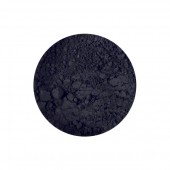
Ivory Black Pigment
Starting at: £4.50
-
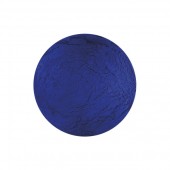
Blue Verditer Pigment
Starting at: £7.50
-
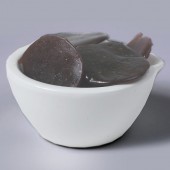
Button Shellac
Starting at: £8.40
-

Cornelissen Virtual Gift Voucher
£25.00 -
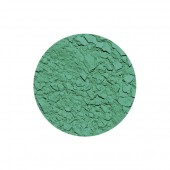
Cobalt Green Light Pigment
Starting at: £8.70
-
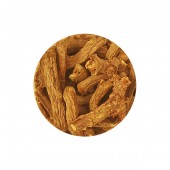
Madder Root Pieces
Starting at: £27.80
-
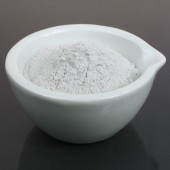
Pumice Powder
Starting at: £5.70
-
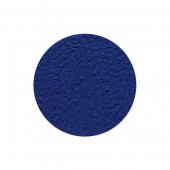
Ultramarine PB29 Pigment
Starting at: £9.10
-
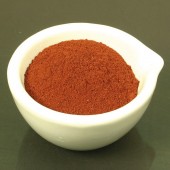
Dragon's Blood Powder
Starting at: £28.10
-
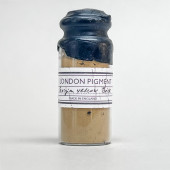
London Pigment, Georgian Yellow Brick Pigment
£18.00 -
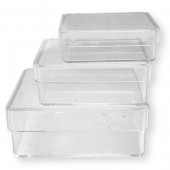
Transparent Containers
Starting at: £1.20
-
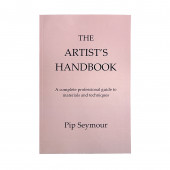
Artist's Handbook
£30.00 -
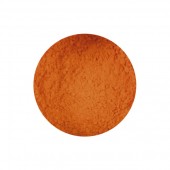
Lead Red Pigment (Minium)
Starting at: £7.30
Call to Order
-
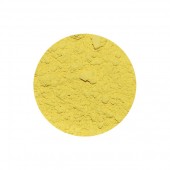
Naples Yellow Light Pigment
Starting at: £7.40
Call to Order
-
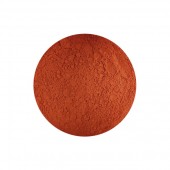
Vermilion Genuine Pigment
Starting at: £17.00
Call to Order
-
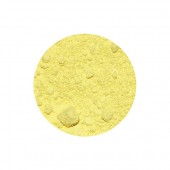
Lemon Yellow Pigment
Starting at: £7.00
Call to Order
-
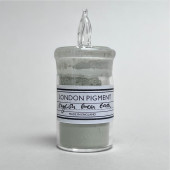
London Pigment, English Green Earth
£30.00Call to Order
-
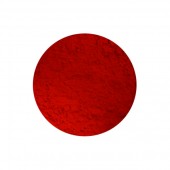
Cinnabar Pigment
Starting at: £16.00
Call to Order
-
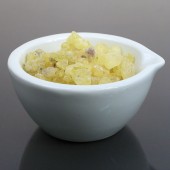
Gum Mastic
Starting at: £20.30
Call to Order
-
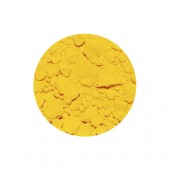
Chrome Yellow Middle Pigment
Starting at: £10.00
Call to Order
-
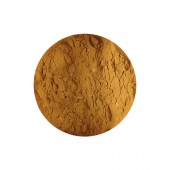
Realgar Pigment
Starting at: £12.75
Call to Order
-
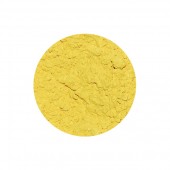
Litharge Pigment
Starting at: £8.00
Call to Order
-
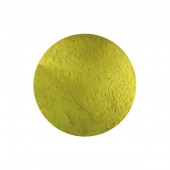
Lead Tin Yellow Light Pigment
Starting at: £4.80
Call to Order
-
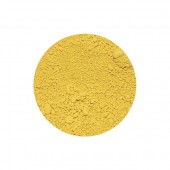
Naples Yellow Dark Pigment
Starting at: £7.40
Call to Order
-
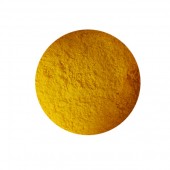
Orpiment Pigment
Starting at: £12.75
Call to Order
-
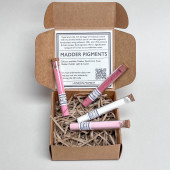
London Pigment, Madder Pigment Set
£40.00Call to Order





